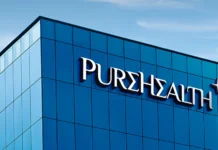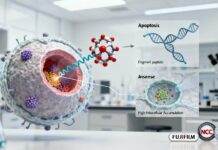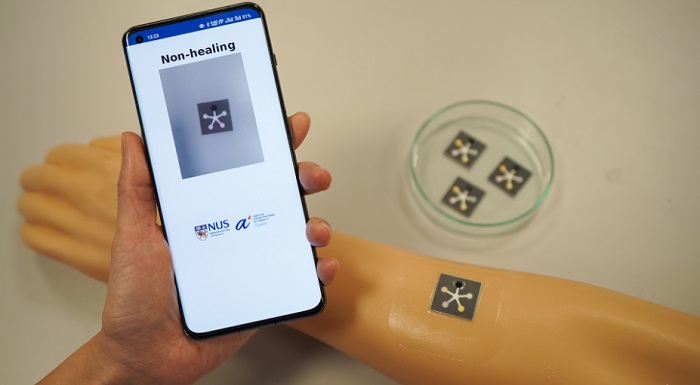An invention that took place recently with the help of a research team from the National University of Singapore as well as A*STAR’s Institute of Materials Research and Engineering gives out a simple, convenient, and also a way that’s effective in terms of keeping an eye on wound recovery so that clinical intervention gets triggered in a timely manner so as to enhance wound care as well as management.
Paper-Like Battery-Free In-situ AI-Enabled Multiplexed sensor patch has in it 5 calorimetric sensors that can gauge the patient’s wound healing status, and that too in 15 minutes, by way of measuring a mix of biomarkers such as the moisture of the wound, pH, uric acid, trimethylamine, and also the temperature. Apparently, these biomarkers were selected to assess wound inflammation effectively and also get a proper hang of the infection and wound environment.
It is well to be noted that the sensor patch is able to function sans an energy source; source images get captured by a mobile and evaluated through artificial intelligence algorithms in order to gauge the healing status of the patient.
Notably, an international patent concerning this invention has already been filed by the researchers, and they are planning to advance to human trials now. The PETAL sensor patch development was conducted in partnership with the research team of David Becker from Nanyang Technological University and the Skin Research Institute in Singapore.


















